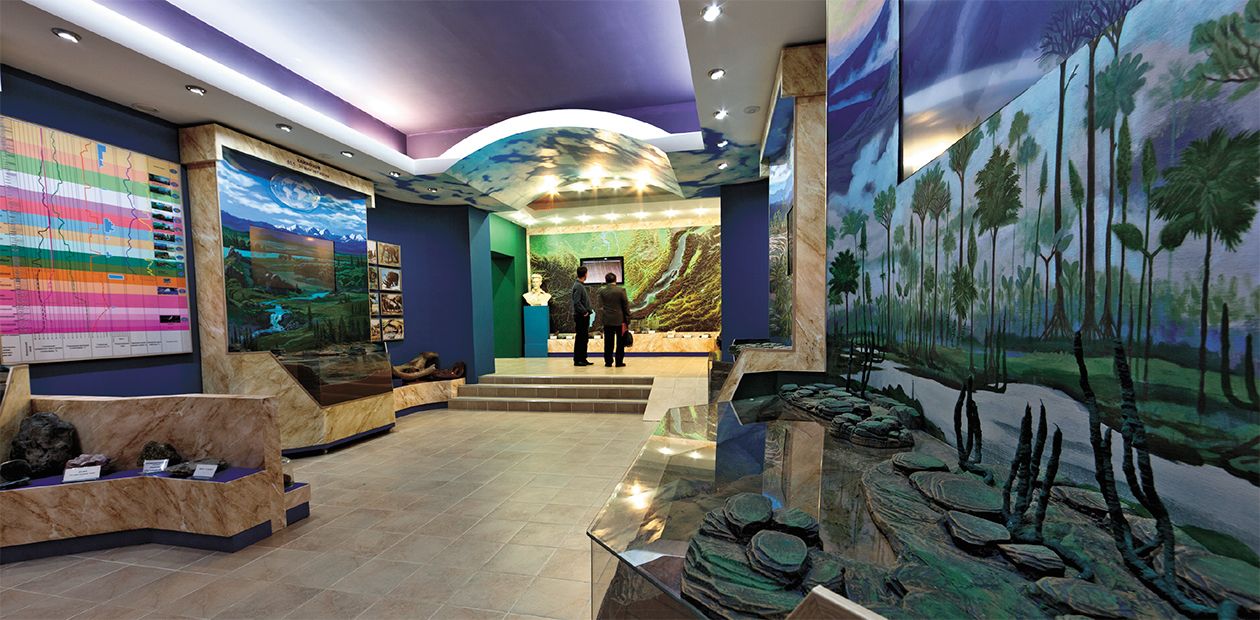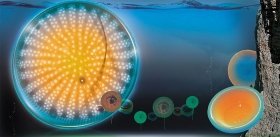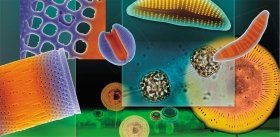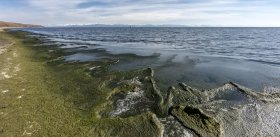The Baikal Museum: A Participation Effect
Construction of a new large-scale exposition displaying the development of life during abiotic changes on Earth has been completed at the Baikal Museum of the Irkutsk Scientific Center, the Siberian Branch of the Russian Academy of Sciences
The main goals of the Baikal Museum are to prepare, describe, and present numerous collections as well as to disseminate ecological knowledge.
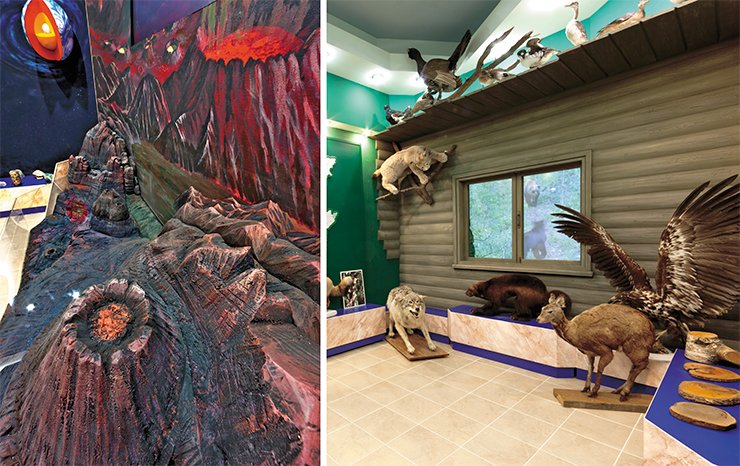
Subject-based expositions at the museum are constantly renewed and expanded. In particular, large aquariums with their unique water supply system that draws the lake water from a depth of 500 m currently contain dozens of representatives of the Baikal fauna, from cottids and sponges to sturgeons and seals.
The Lake Baikal exposition, which presents one of the most unique freshwater bodies of the planet, dates back to 1925. Then it was maintained and supplemented as part of the Baikal Limnological Station of the USSR Academy of Sciences.In 1961, this exposition served as a foundation for the Baikal Museum, a department of the Limnological Institute with the Siberian Branch of the USSR Academy of Sciences. Since 1993, the museum has been an independent institution with the Siberian Branch of the Russian Academy of Sciences.
The Baikal Museum is located on the shores of Lake Baikal in the village of Listvyanka, 70 km from the city of Irkutsk
The new exposition shows the geological history of the Baikal region in more detail, starting as early as the Archean. Visitors have a chance of “going through time” from the Big Bang up to now: they can see with their own eyes the very birth and further development of the Lake Baikal basin. This is possible thanks to advanced multimedia technologies. Visitors are especially enthusiastic when watching computer-generated animations developed by the museum workers, which are shown on widescreens and create a real participation effect.
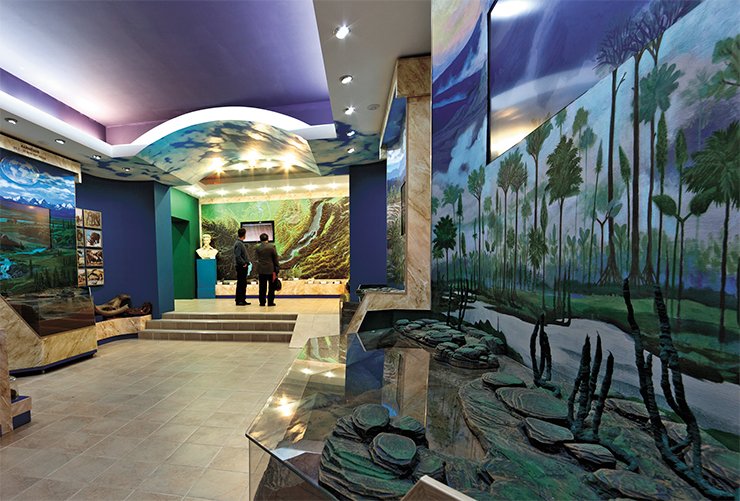
Besides, real-time monitoring technologies make it possible to watch real lake dwellers in the most sanctuary sites. Moreover, these technologies allow for continuous monitoring of the Lake Baikal area, for the Baikal Museum is not only an educational institution, but also a research department with the Siberian Branch of the Russian Academy of Sciences.
Photos by the courtesy of V. Korotkoruchko (Irkutsk)


